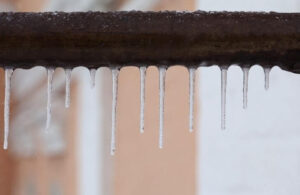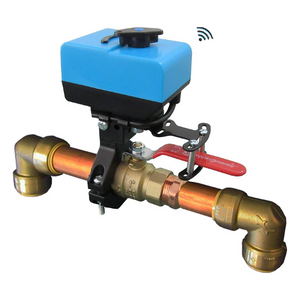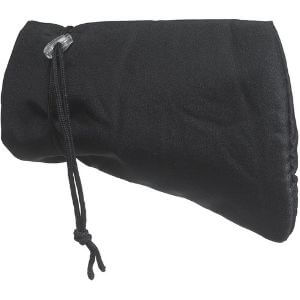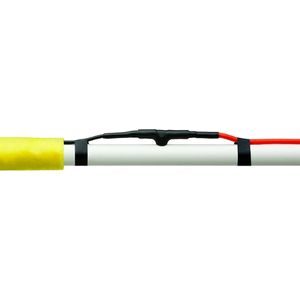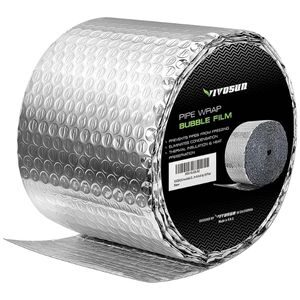Homeowners everywhere, from Alaska to Texas, need to consider the risks of frozen pipes in their homes. Water damage and freezing claims were the second-most frequent type of claims filed in the United States between 2016 and 2020.1
Homeowners who file these claims lose an average of $11,650. About one in 62 insured homes make a claim related to water damage or freezing each year.1
Though these are troubling statistics, you can avoid frozen pipes and water damage claims by learning how pipes freeze, taking preventative action, and investing in some tools.
